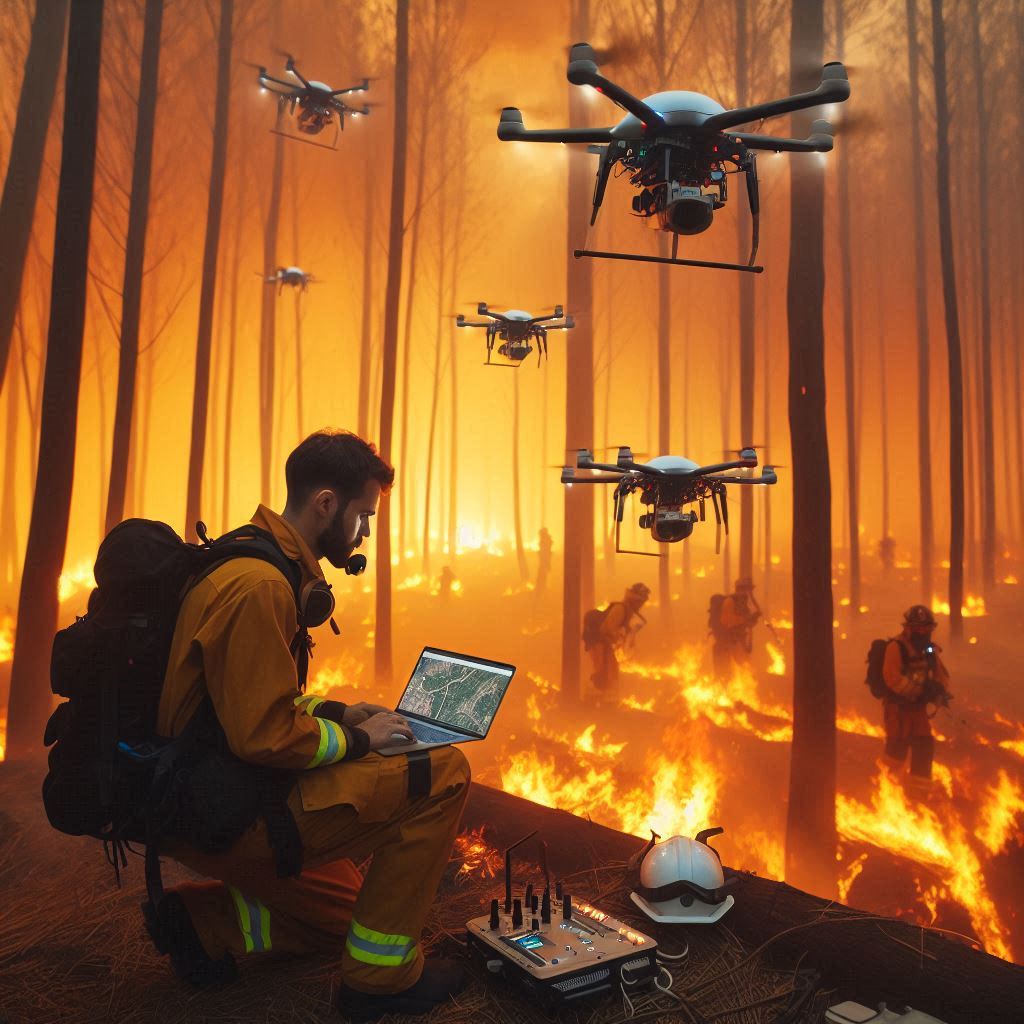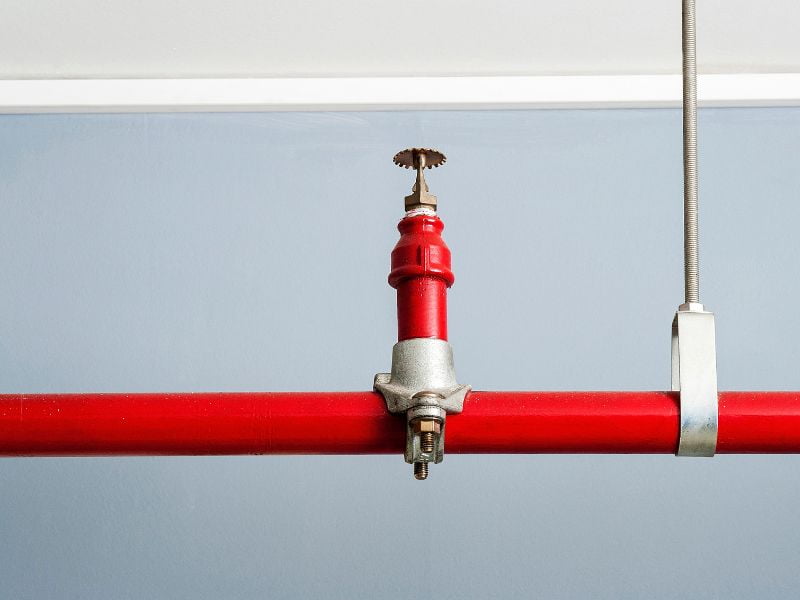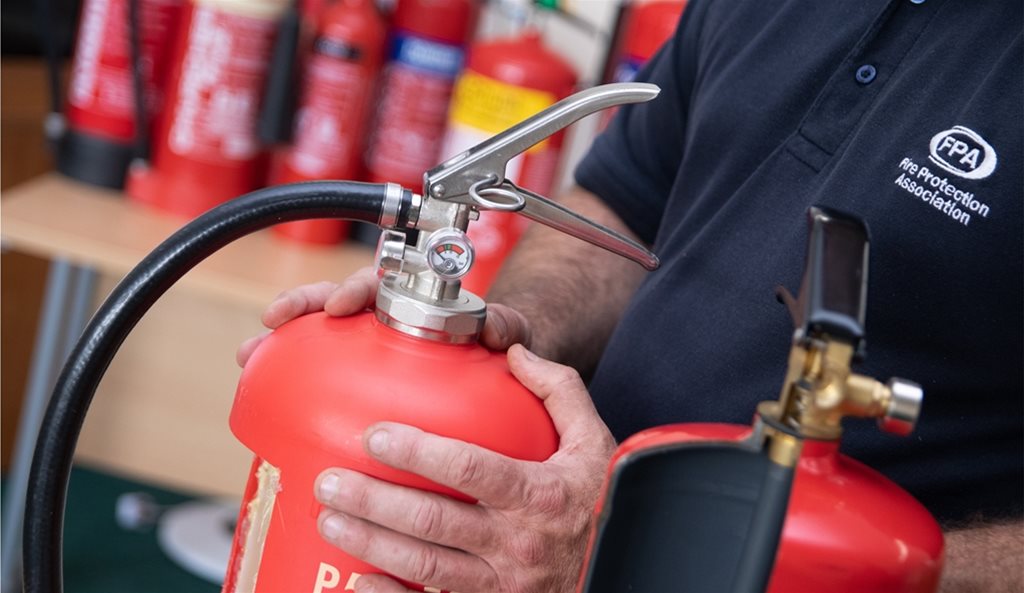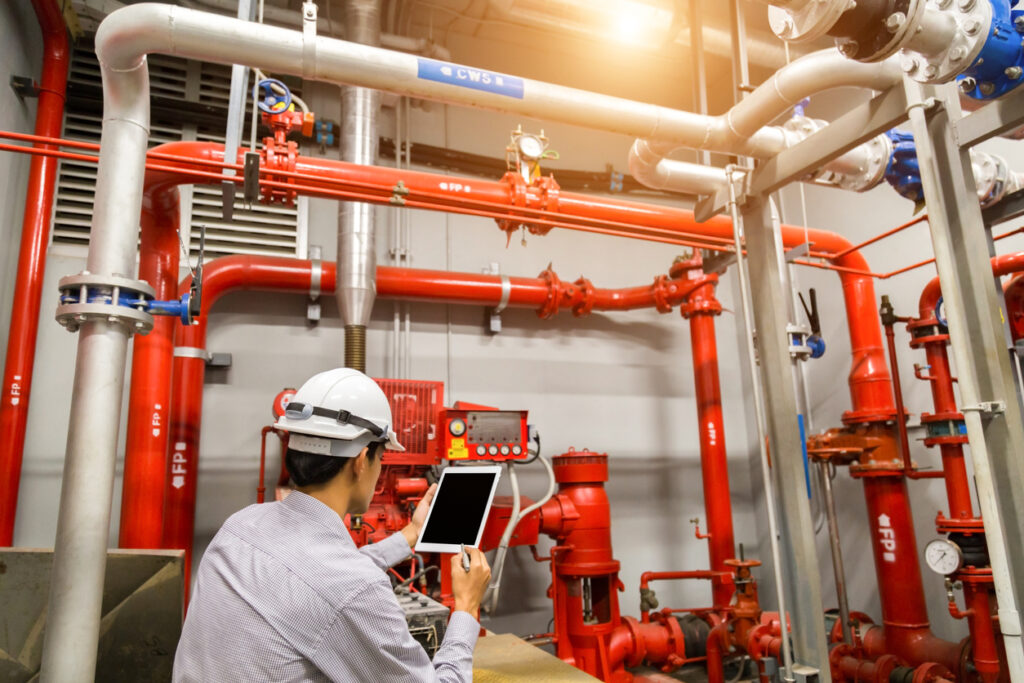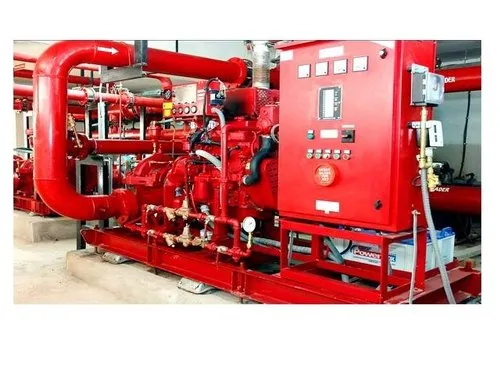Examining how drones are used for real-time surveillance, mapping, and even direct fire suppression efforts.
Unmanned Aerial Vehicles (UAVs), commonly known as drones, have revolutionized many industries, from agriculture to logistics, and one of their most critical applications is in modern firefighting. As wildfires become more frequent and intense due to climate change, urbanization, and environmental factors, the need for advanced technologies to combat these disasters has grown exponentially. UAVs are proving to be indispensable tools in firefighting efforts, offering real-time surveillance, detailed mapping, and even direct fire suppression capabilities. This blog delves into how drones are transforming the firefighting landscape and saving lives, property, and natural ecosystems.
The Growing Threat of Fires and the Need for Innovation
Fires, particularly wildfires, present a growing threat worldwide. In recent years, we have witnessed catastrophic wildfires in regions such as California, Australia, the Amazon rainforest, and Europe. These events destroy millions of acres of land, displace communities, and result in significant ecological damage. Simultaneously, urban fires continue to threaten life and property in densely populated areas.
Traditional firefighting methods, while effective to some extent, often fall short in tackling the scale and intensity of these modern fires. Firefighters face challenges such as limited visibility, unpredictable fire behavior, hazardous terrain, and delayed information about the fire’s spread. This is where UAVs step in, offering a technological edge that enhances both strategic planning and operational efficiency.
Real-Time Surveillance: Gaining the Upper Hand
One of the most critical aspects of firefighting is obtaining accurate, real-time information about the fire. Traditional methods, such as ground-based observations or manned aircraft reconnaissance, have limitations in terms of safety, speed, and coverage. Drones, however, provide a safer and faster alternative.
Enhanced Situational Awareness
UAVs equipped with high-resolution cameras and thermal imaging sensors allow firefighters to monitor the fire’s progression in real time. Thermal cameras are particularly valuable since they can detect heat signatures even through dense smoke, providing a clear picture of the fire’s size and intensity. Real-time data enables incident commanders to make informed decisions about resource allocation, evacuation orders, and containment strategies.
For example, during California’s devastating wildfires, drones have been deployed to provide situational awareness to firefighters on the ground. These UAVs can fly over burning areas and send live video feeds to command centers, giving teams a bird’s-eye view of the situation. This capability is particularly important in rapidly evolving fire scenarios where minutes can make the difference between containment and catastrophe.
Monitoring Hard-to-Reach Areas
Fires often occur in inaccessible terrains, such as mountainous regions, dense forests, or industrial facilities. UAVs can navigate these challenging environments with ease, providing critical insights without endangering human lives. Drones can also be deployed at night, when visibility is low, or in hazardous conditions where manned aircraft cannot operate safely.
Advanced Mapping and Analysis
Mapping is another essential component of modern firefighting, and drones excel at creating detailed maps of fire zones. Accurate maps are crucial for understanding the fire’s behavior, predicting its spread, and planning containment strategies.
Pre-Fire Risk Assessment
Before a fire even starts, drones can be used for risk assessment and prevention. UAVs equipped with LiDAR (Light Detection and Ranging) or multispectral imaging sensors can survey areas prone to wildfires, identifying dry vegetation, fuel loads, and other fire hazards. This data helps authorities create firebreaks, clear potential fuel sources, and implement other preventive measures.
Post-Fire Damage Assessment
After a fire has been extinguished, drones play a key role in assessing the damage. UAVs can quickly survey large areas, capturing high-resolution images that help determine the extent of destruction to infrastructure, vegetation, and wildlife. This information is invaluable for recovery efforts and insurance claims.
Real-Time Fire Mapping
During active fires, UAVs can map the affected areas in real time, generating detailed 3D models and heat maps. These maps allow firefighters to identify hot spots, predict fire paths, and plan evacuation routes. For example, during the 2020 Oregon wildfires, drones were used to create heat maps that showed where embers were most likely to spread, enabling firefighters to focus their efforts on those critical areas.
Direct Fire Suppression: A New Frontier
While UAVs are primarily used for surveillance and mapping, advancements in drone technology have opened the door to direct fire suppression. This is a relatively new and experimental application, but it holds great promise for the future of firefighting.
Aerial Water and Retardant Delivery
Some UAVs are now capable of carrying and releasing water or fire retardant to suppress flames. Unlike traditional firefighting aircraft, drones are smaller, more agile, and can operate in tighter spaces. This makes them ideal for targeting specific areas that are difficult or dangerous for manned aircraft to reach.
For instance, companies such as Drone Amplified have developed UAVs that can carry fire retardants to douse small fires before they spread. These drones are especially useful for tackling wildfires in their early stages, when swift action can prevent a small blaze from becoming a full-scale disaster.
Controlled Burns
In wildfire management, controlled burns are a common technique used to eliminate flammable vegetation and create firebreaks. Traditionally, this task is performed by ground crews or manned helicopters, both of which involve significant risks. Now, drones are being used to conduct controlled burns safely and efficiently. UAVs equipped with ignition payloads can drop fire-starting materials in precise locations, reducing the risk to human personnel.
Advantages of Using UAVs in Firefighting
The use of UAVs in modern firefighting offers numerous advantages:
- Safety: Drones reduce the need to put human firefighters in dangerous situations, particularly in unstable terrains or extreme fire conditions.
- Speed: UAVs can be deployed quickly and cover large areas in a short amount of time, providing critical information and support when every second counts.
- Cost-Effectiveness: Compared to manned aircraft and helicopters, drones are significantly cheaper to operate and maintain.
- Precision: Whether it’s mapping fire zones or delivering fire retardants, drones offer a level of precision that is difficult to achieve with traditional methods.
- Versatility: UAVs can be equipped with a variety of sensors and payloads, making them adaptable to different firefighting scenarios.
Challenges and Limitations
Despite their many benefits, the use of UAVs in firefighting is not without challenges:
- Battery Life: Most drones have limited flight times, typically ranging from 20 to 60 minutes. This can be a constraint during large-scale operations.
- Weather Conditions: High winds, heavy smoke, and extreme heat can affect a drone’s performance and reliability.
- Regulations: Airspace restrictions and regulatory hurdles can limit the deployment of UAVs in certain areas, especially near airports or urban centers.
- Integration: Incorporating drones into existing firefighting workflows requires training, coordination, and investment in new infrastructure.
- Payload Limitations: While drones are becoming more capable, they still cannot carry as much water or fire retardant as traditional aircraft.
The Future of UAVs in Firefighting
The future of firefighting is undoubtedly intertwined with advancements in drone technology. As UAVs become more powerful, autonomous, and affordable, their role in combating fires will continue to expand. Emerging technologies such as artificial intelligence (AI) and machine learning are also expected to enhance drone capabilities. For example, AI-powered drones could analyze fire behavior in real time, predict its spread, and recommend optimal containment strategies.
In addition, collaborations between government agencies, private companies, and research institutions are driving innovation in this field. From developing drones with longer flight times to designing specialized firefighting payloads, these efforts are paving the way for more effective and efficient firefighting solutions.
Conclusion
Unmanned Aerial Vehicles are transforming the way we fight fires, offering capabilities that were unimaginable just a decade ago. From real-time surveillance and mapping to direct fire suppression, drones are proving to be invaluable allies in the battle against one of humanity’s most persistent challenges. While challenges remain, the potential of UAVs to save lives, protect property, and preserve ecosystems is immense. As technology continues to evolve, drones are poised to play an even greater role in making firefighting safer, faster, and more effective.
By embracing these innovative tools, we can better prepare for the fire-related challenges of the future and ensure that our firefighters have the resources they need to protect our communities and the environment. The role of UAVs in modern firefighting is not just a technological advancement—it is a vital step toward a safer and more resilient world.

